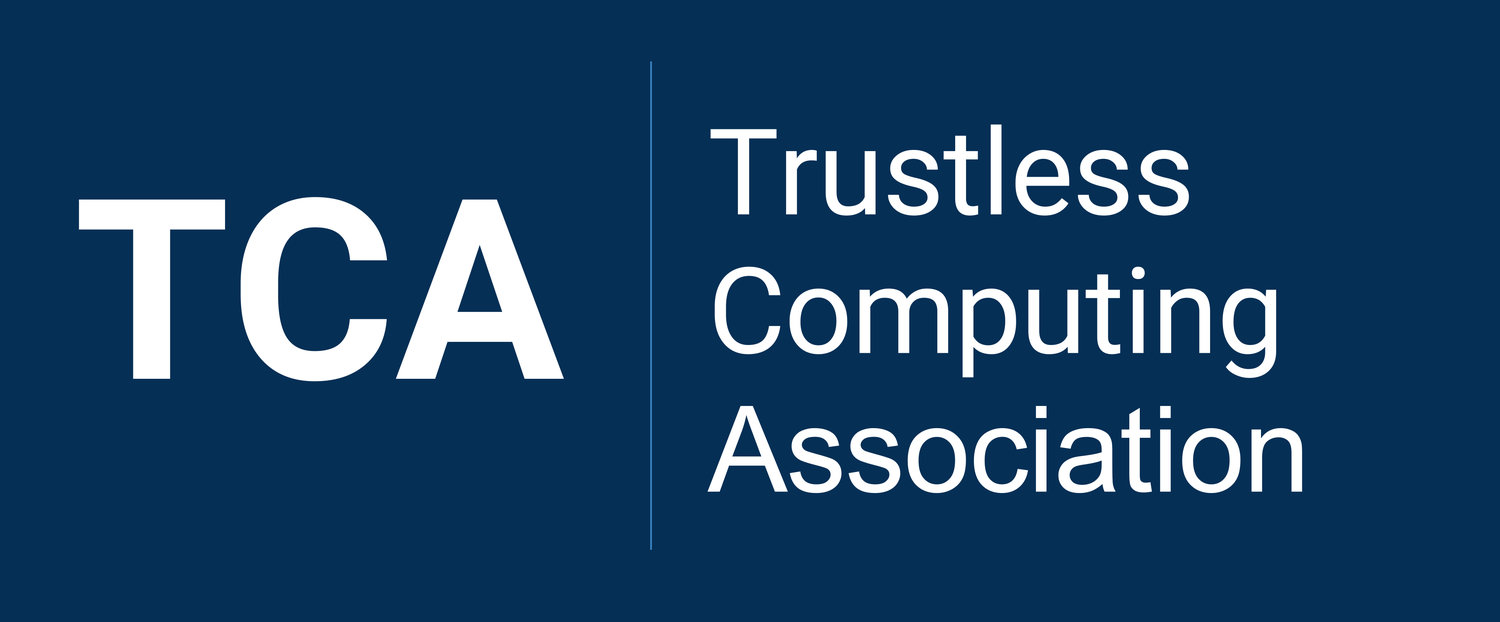Announcing our Harnessing AI Risk Pre-Summit along the G7 Summit in Italy
This June 12th, along the G7 Summit being held in Italy, we'll convene the Harnessing AI Risk Pre-Summit whereby experts and policymakers to discuss which organizational models and treaty-making processes can best deliver the international organizations that we need to manage the immense risks and opportunities of AI in the interest of all.
This Pre-Summit is integral part of the Harnessing AI Risk Initiative, its Coalition, its Open Call, and the as a preparation of the 1st Harnessing AI Risk Summit this November in Geneva.
Agenda
AI presents unprecedented opportunities to tackle critical global challenges, such as climate change, drug discovery, and economic productivity. Yet, these can only be realized if we manage the immense safety risks and ensure that the power and wealth it’ll generate will be equitably shared.
At this year’s G7 Summit in Italy, participation in the AI governance session will include non-G7 states and Pope Francis, who called for a strong AI treaty, along with the top AI scientists’ signatories of the aitreaty.org open call.
After attempts to create a strong nuclear treaty failed in 1946, the risks and opportunities of nuclear technology were managed via a loose coordination of competing great powers and weak treaties. While major catastrophes have been averted so far, the risks are higher today than ever before.
AI is expected to be even more disruptive. Risks of catastrophic proliferation, accidents, loss of human control, and immense concentrations of power are widely foreseen to be much harder to prevent. Prevailing treaty-making methods, based on unstructured summits and unanimous declarations, may be far from fit for the task. While the adopted Council of Europe treaty on AI and other initiatives for international coordination as the AI Summit series are praiseworthy, they are severely insufficient in tackling the main risks.
Perhaps, we should rely instead on a treaty-making method that has proven to be much more effective and democratic, that of the intergovernmental constituent assembly. It could be designed and jump-started by an open coalition of even a few globally diverse states, akin to how two US states in 1786 convened three more to the Annapolis Convention and set out a process that culminated with the federal US constitution.
Perhaps, the mandate of such a open constituent assembly should find inspiration in the surprisingly bold Baruch Plan, proposed by the USA in 1946 to the UN to manage the emerging nuclear weapons and energy, largely based on the work of Robert Oppenheimer. Such a plan prescribed the creation of a very powerful new treaty organization that would have sole, worldwide and strict control of all capabilities, arsenals, research, and source materials for dangerous nuclear weapons and nuclear energy. Facilities would be located equitably worldwide, developed by public or private entities, but strictly licensed, controlled and overseen by it. All was to be governed by the UN Security Council governance model but without the veto. While the participation of AI superpowers would be required to achieve global AI safety, massive benefits would befall on participating states in terms of industrial capability, sovereignty and geopolitical leverage.
